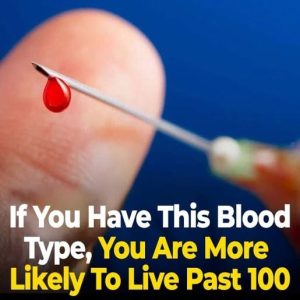Most moles and freckles are harmless, but sometimes changes can signal melanoma or other skin cancers. “When caught early, most skin cancers are highly treatable,” making self-checks and yearly dermatologist visits crucial.
Melanoma is less common than basal or squamous cell carcinoma but more dangerous because it can spread quickly. The American Cancer Society notes: “Over 100,000 new melanoma cases are diagnosed each year in the U.S.,” with a 99% five-year survival rate if detected before spreading.
Doctors use the ABCDE rule to spot risky moles: A – Asymmetry, B – Border irregularity, C – Color variation, D – Diameter over 6mm, E – Evolving changes. Any of these signs should prompt a dermatologist visit. Other warnings include new spots after age 30, sores that won’t heal, painful or tender moles, shiny bumps, or rough scaly patches.
Risk is higher with excessive UV exposure, fair skin, severe childhood sunburns, family history of melanoma, weakened immunity, or many atypical moles. Importantly, “even darker skin tones can get skin cancer.”
Prevention includes SPF 30+ daily, reapplying outdoors, protective clothing, avoiding tanning beds, and photographing moles to track changes. Awareness, not fear, is the best defense — “real health isn’t about waiting until it hurts.”





